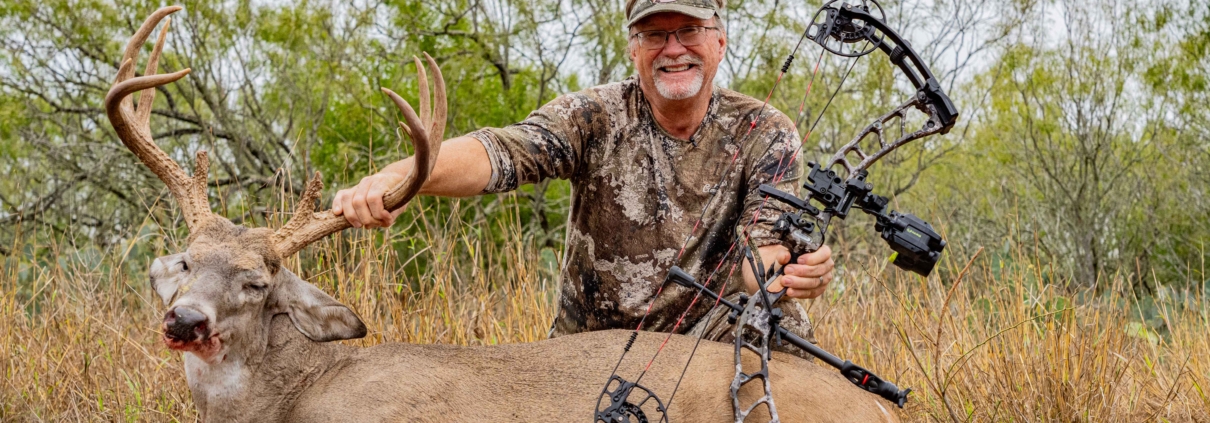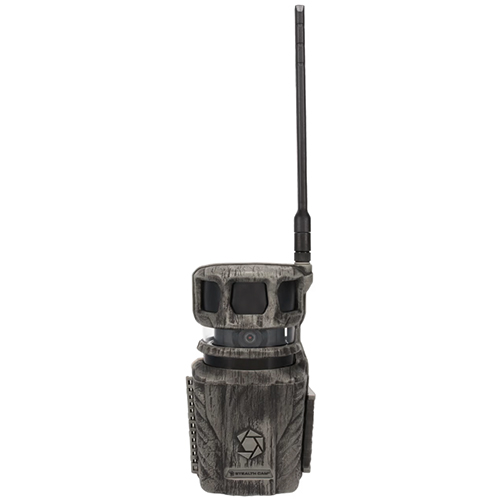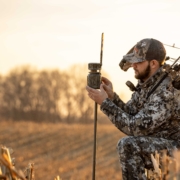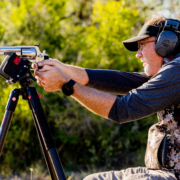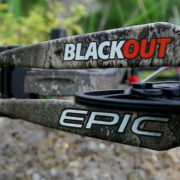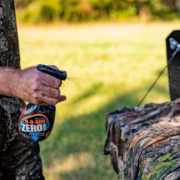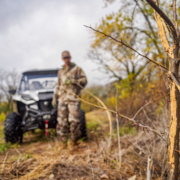The Ultimate Guide to Planning for a Successful Whitetail Hunt
By Wade Middleton
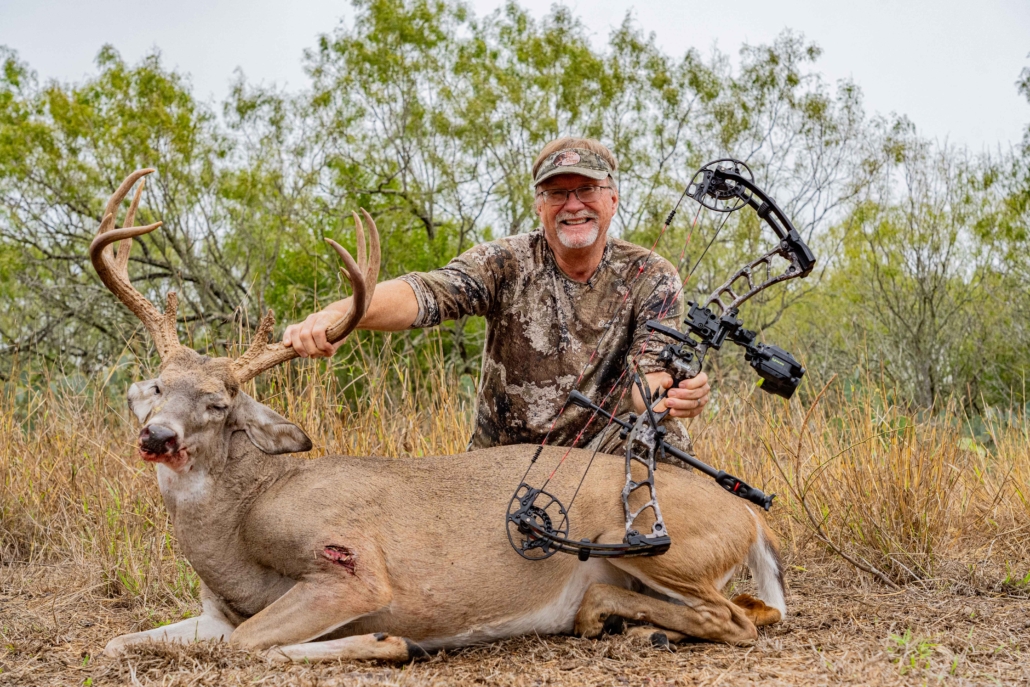
Planning a successful whitetail hunt starts long before you step into the field. Pre-hunt research is critical, whether you’re applying for a tag in Kansas, hunting public land, or venturing out on your family’s farm. Understanding the area, knowing where the deer are likely to be, and anticipating the behavior of both the deer and other hunters are all key components of a successful hunt. In this guide, we’ll explore the essential steps of pre-hunt research, from studying maps to getting boots on the ground, and how each approach can maximize your chances of success.
Step 1: Understand Your Hunting Location
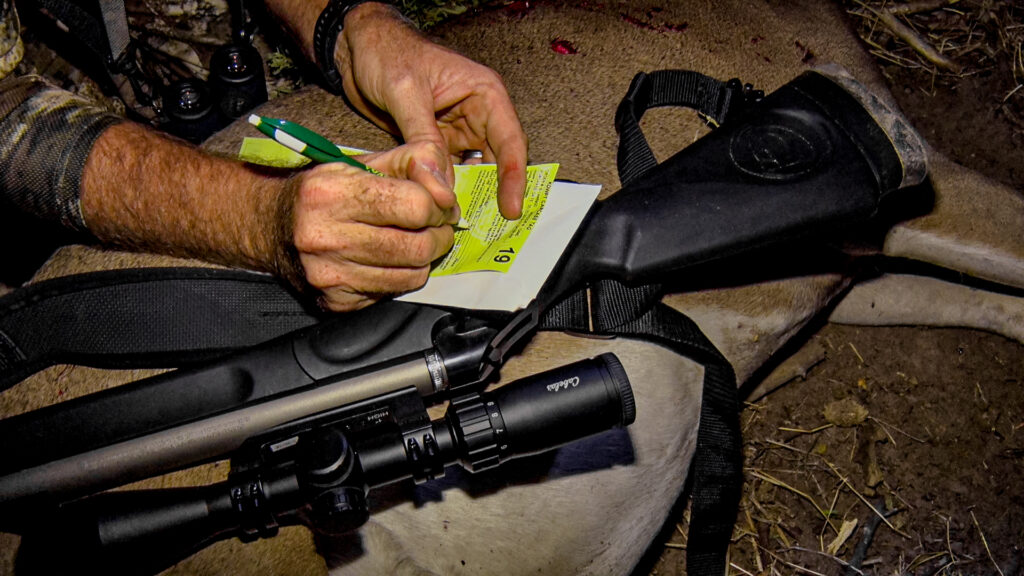
Tag Applications and License
The first step in planning your hunt is to determine where you’ll be hunting. Are you applying for a draw in a specific location like Kansas, purchasing an over-the-counter license, or planning a hunt on public land within your home state? Each of these scenarios requires different preparation and understanding of the hunting area to include all laws and regulations.
Researching the Area
Once you’ve secured your tag or license, it’s time to start studying the area. This can involve:
Map Analysis: Start with traditional topo maps or modern hunting apps that offer detailed information about the terrain. These resources can help you identify potential bedding areas, food sources, water sources, ridges, and pinch points.
Hunting Apps: Utilize hunting apps to access up-to-date data on the area. These tools can reveal key insights, such as likely travel corridors for deer, areas with minimal human interference, and regions with abundant natural food sources.
Step 2: Tailor Your Approach to the Hunting Environment
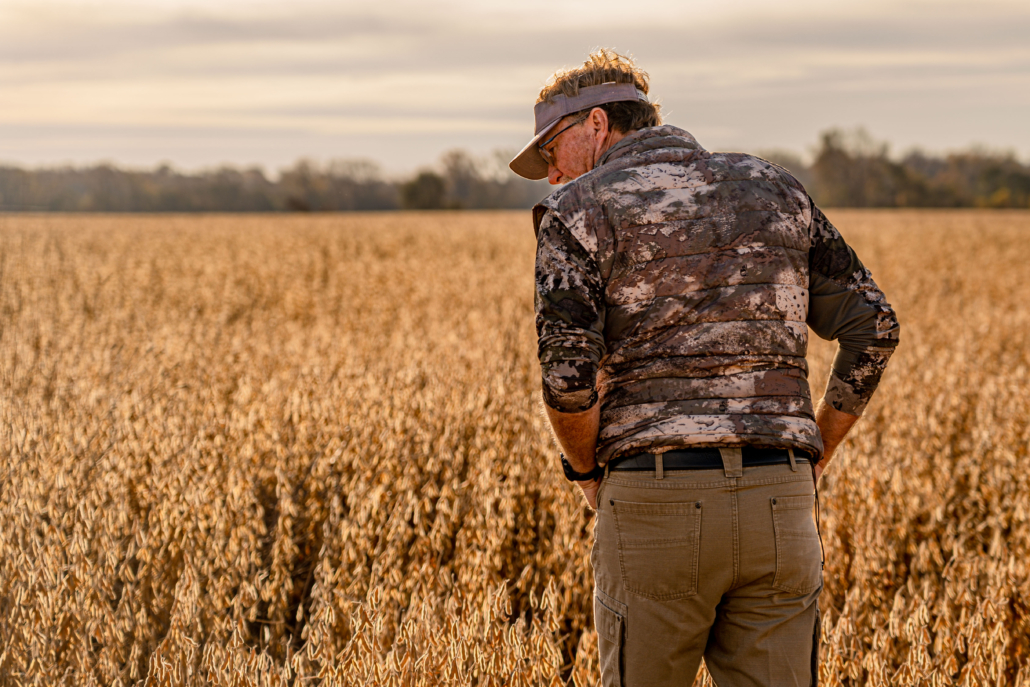
Public Land vs. Private Land
Different environments require different strategies:
Public Land: Hunting on public land means dealing with competition from other hunters. You’ll need to understand how this pressure might influence deer movement and behavior. Pre-hunt research should focus on finding less accessible areas that other hunters might overlook.
Private Land or Leases: If you’re hunting on a private farm or a leased property, your research will focus more on the natural behavior of the deer and what the harvest rules are. Understanding where deer feel most comfortable, where deer bed, and where they feed will be critical in planning your hunt. Those key aspects are important all over.
Boots on the Ground vs. Map Research
While maps and apps provide valuable information, nothing beats the insight gained from physically scouting the land:
Boots on the Ground: Walking the land during the off-season can reveal details that maps can’t, such as fresh signs of deer activity, natural barriers, and entry points. If possible, spend time in the area to familiarize yourself with the terrain and likely deer movement patterns but be careful doing it too much once the season has started so that you don’t jump deer and over educate them. Finding that balance is key. In some areas deer are used to human activity and in others not so much so randomly walking in an area can spook deer.
Map Reliance: However, if time or distance prevents you from scouting in person, rely on your map research. Study the terrain meticulously, and combine your findings with knowledge from local sources or online forums to develop a strategic plan.
Step 3: Adapt Your Strategy
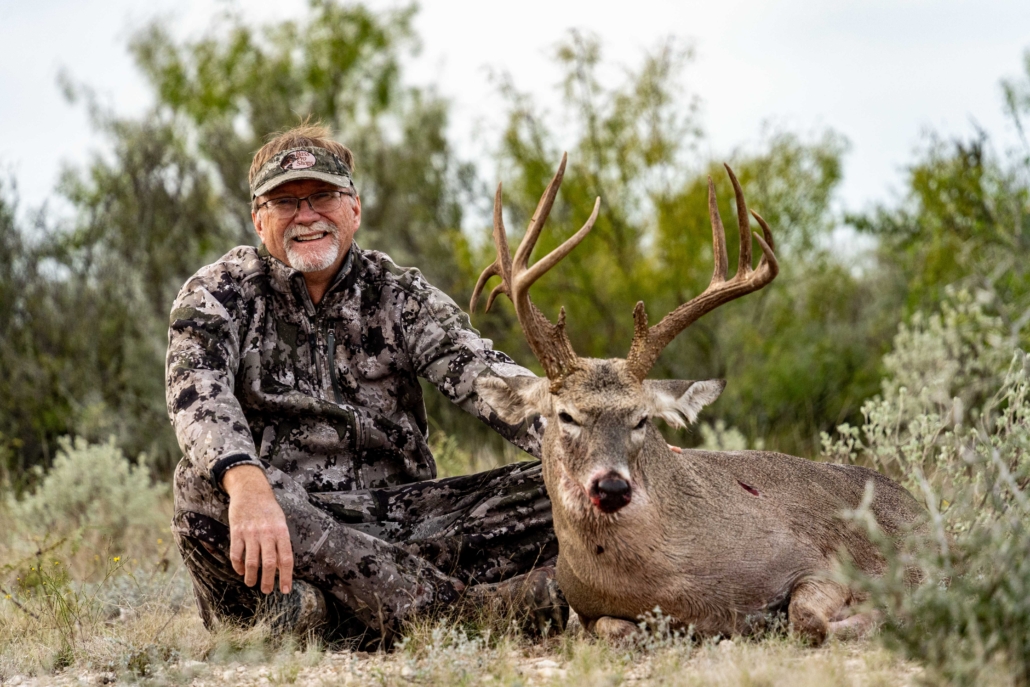
Understanding Variables and Flexibility
No two hunts are the same, and no two planning strategies will be identical. Various factors, such as other hunters’ pressure, weather conditions, and even your work schedule, can influence your approach. Stay flexible and be prepared to adapt your plan based on real-time observations and conditions.
The Challenge of the Hunt
At the end of the day, the variability and unpredictability of each hunt are part of the excitement. The challenge of adapting to different environments, understanding the unique aspects of each location, and applying your research and scouting to the field is what makes hunting whitetail deer so rewarding.
Pre-hunt research is the foundation of a successful whitetail hunt. By thoroughly understanding your hunting location, tailoring your strategy to the specific environment, and staying flexible in your approach, you can maximize your chances of success. Whether you’re studying maps or scouting in person, each step of the preparation process brings you closer to a rewarding hunt and when you put your tag on a deer you’ll know you earned it.

